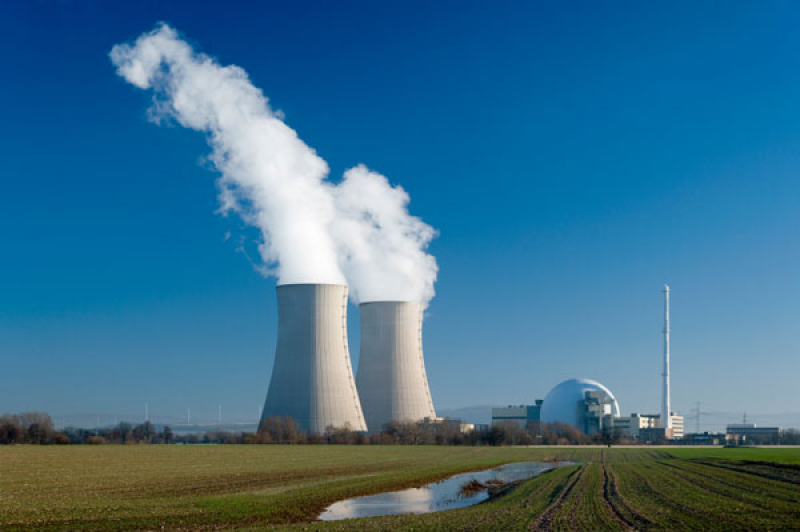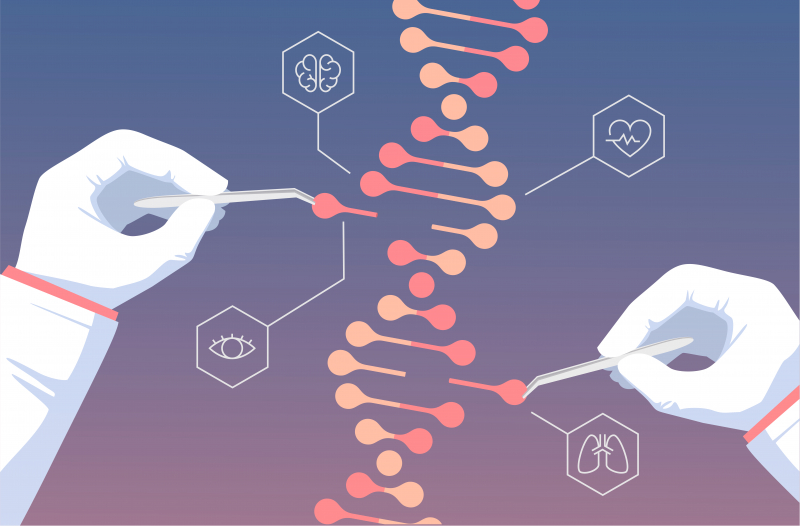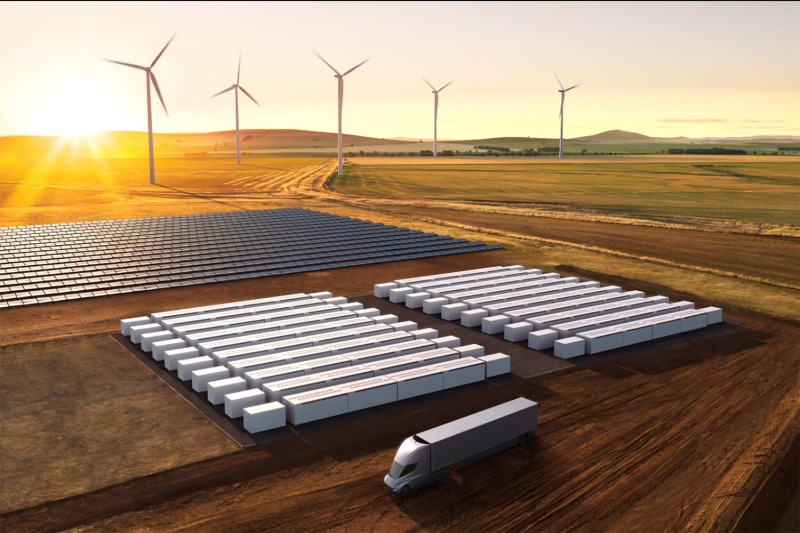Part 1 of the list is available here.
6. Computing: Human speech imitation technologies
Abstract: Virtual gatherings will feel like real-life get-togethers
By Corinna E. Lathan and Andrew Maynard
Just like Skype and FaceTime have brought video-calls closer to consumers from the world of business negotiations, collaborative telepresence may bring online communication up to a new level by enabling users to feel the physical presence of their interlocutors, including their touch. This technology would allow medical workers to see patients remotely as if they were in the same room, while families and friends would be able to enjoy their time together even if they actually are on different continents.

Advances in several fields have made this prospect an actually achievable one. AR and VR technologies are already becoming affordable enough for widespread adoption. Telecom companies are updating their networks to 5G fast enough for them to handle the mass of data streaming from modern devices without any delay. Innovators are polishing technologies, including haptic sensors, which would allow people to physically sense what their digital avatars touch. Full sensory immersion required for collaborative telepresence means lag times that are substantially less than those allowed for video-calls.
Although collaborative telepresence is still very much an emerging technology, all the pieces are in place for it to become transformative within three to five years.

7. Public health: Controlled food packaging could save lives
Abstract: Combining food tracking and packaging could improve food safety
By Rona Chandrawati and Bernard S. Meyerson
According to the WHO, around 600 million people annually suffer from food poisoning. With only two technologies we can cut down on both the number of food poisoning incidents and the amount of food waste. The first one of the pair is a new application of blockchain technology, better known for virtual currency management, which is beginning to solve the food tracking issue. At the same time, an improved product packaging technology presents new opportunities to identify whether a certain item was stored in correct temperatures and determine whether it could go off.
Blockchain is a decentralized accounting system in which entries are recorded in sequence in multiple identical “ledgers” stored on computers in multiple locations. Thus, there is no use tampering with any one ledger and a highly trusted record of transactions is created. IBM Food Trust, a blockchain-based platform created for the food industry is already employed by massive food sellers.
By integrating producers, distributors and retailers in a common blockchain, Food Trust creates a record of any given item’s path. When testing this technology, Walmart was able to trace the expired product in mere seconds.

To prevent food poisoning, researchers create small sensors that can monitor the quality and safety of products in pallets and individual packaging. For instance, Timestrip UK and Vitsab International have independently created sensor tags that change color if a product has been exposed to above-recommended temperatures, and Insignia Technologies sells a sensor that slowly changes color after a package has been opened and indicates when the time has come to toss the food. The color changes faster if a product has been stored under unrecommended temperatures.
Their cost prevents the sensors from being commonly adopted. Nevertheless, the food industry’s demand for ensuring food safety and limiting waste is moving this technology forward.

8. Energy: Safe nuclear reactors of the future
Abstract: Resilient fuels and innovative reactors could mean a comeback of nuclear power
By Mark Fischetti
Commercial reactors have been using the same fuel for decades: small pellets of uranium dioxide stacked inside long cylindrical rods made of a zirconium alloy. Zirconium allows the neutrons generated from fission in the pellets to pass among the many rods submerged in water inside a reactor core, supporting a self-sustaining, heat-producing nuclear reaction.
The problem is that if zirconium overheats, it can react with water producing hydrogen, which is highly explosive. This issue was the cause of the world’s most terrifying reactor accidents: the 1979 potential explosion at Three-Mile Island, USA, and the 2011 Fukushima Daiichi explosions in Japan.

Westinghouse Electric Company and Framatome are developing accident-tolerant fuels, which are less likely to overheat and will produce a relatively small amount of hydrogen if they do. These new configurations can be added to the already existing reactors with only slight changes so that they could be introduced over the 2020s.
Although nuclear power has stalled in the US and is being cut down on in Germany and elsewhere, Russia and China continue developing the field. These markets could be lucrative for the manufacturers of these new fuels.
Russia is also introducing other safety measures. Recent installations within the country and abroad lead by “Rosatom” are equipped with an updated passive safety system. The system can prevent overheating even if electrical power at the plant is lost and the coolant does not circulate freely. Westinghouse has also included passive safety systems in their projects.
Manufacturers have also been experimenting with “fourth generation” models, which employ liquid sodium or molten salt instead of water to transfer heat from fission, eliminating the possibility of hydrogen production. Improved fuels and development in small reactors can be a substantial step towards a resurgence of nuclear power.

9. Medicine and biotechnologies: Storing data in DNA
Abstract: DNA is being adapted to store massive amounts of information
By Sang Yup Lee
According to Domo, every minute of 2018 saw 3,88 million Google searches, 4,33 million videos watched on YouTube, 159,362,760 e-mails sent, 473,000 tweets and 49,000 Instagram posts. Around 1.7 megabytes of data will be created per person per second by 2020. The magnetic and optical storage systems now keeping all of this information tend to last no longer than a century. Moreover, it takes a lot of energy to keep all the data. Thus, humanity is about to face a massive data-storage problem.
Researchers have come up with an alternative: DNA-based data storage. DNA consists of long chains of nucleotides A, T, C and G and stores information about vital processes. In DNA, data is stored in sequences of these letters turning it into a brand new form of information technology. Moreover, DNA is incredibly stable, which was recently demonstrated by a complete genome sequencing of a fossil horse that lived more than 500,000 years ago.
DNA can store large amounts of data at a density far exceeding that of electronic devices. For instance, Escherichia coli, a bacterium has a storage density of about 10¹⁹ bits per cubic centimeter, according to calculations published in 2016 in Nature Materials by George Church of Harvard University and his colleagues. At this density, all of the data the world needs in a year could fit in a DNA cube about one meter at one side.

And it is not just a theoretical prospect. In 2017, Church’s Harvard group used the CRISPR genome editing technology to record images of a human hand into the genome of E.coli, which were read with over 90% accuracy. And researchers from Washington University and Microsoft Research have developed a fully automated system for writing, storing and reading data encoded in DNA.
The latest advances in next-generation genome sequencing allow for effective and effortless reading of billions of DNA sequences. Scientists employ DNA bar-coding to speed up the research process in such fields as chemical engineering, materials science and nanotechnology. For example, James E. Dahlman's laboratory at the Georgia Institute of Technology is rapidly identifying safer gene therapies; others are figuring out how to combat drug resistance and prevent cancer metastasis.
Among the problems related to turning DNA-storing into a widespread technology are its cost, and the speed of reading and writing, which need to become more accessible. Otherwise, DNA will not be able to compete with electronic storage methods.

10. Energy: Saving energy in a gravity storage
Abstract: “Batteries” making alternative energy sources available everywhere
By Andrea Thompson
According to Energy Information Administration, the amount of renewable electricity produced in the US has doubled over the last decade, primarily thanks to wind and solar installations. The inconsistency of these systems, however, means that for scaling electrical grids need to store energy when the sun is not shining and the wind is not blowing. This issue accounts for a growing demand for energy preserving technologies and especially lithium-ion batteries.
Experts say, lithium-ion batteries are to dominate the market in the next five to ten years, and their continuing development will enable them to store between four and eight hours of energy.

But getting to the point where renewables and energy storage can handle the baseline load of electricity generation will require longer energy storage, which will mean moving beyond lithium-ion batteries. Potential candidates range from other high-tech options, such as flow batteries, which pump liquid electrolytes, and hydrogen fuel cells, to simpler concepts, such as pumped-storage hydropower and what is called gravity storage.
The Environmental Impact Assessment states that at the end of 2017 there were only three full-scale storing systems based on flow batteries while utility-scale hydrogen systems remain in demonstration stages. The US Government is funding research in the field, for instance, through the Advanced Research Projects Agency–Energy (ARPA-E), but a much more significant contribution to these technologies –and to energy storage in general - is made by China and South Korea.





